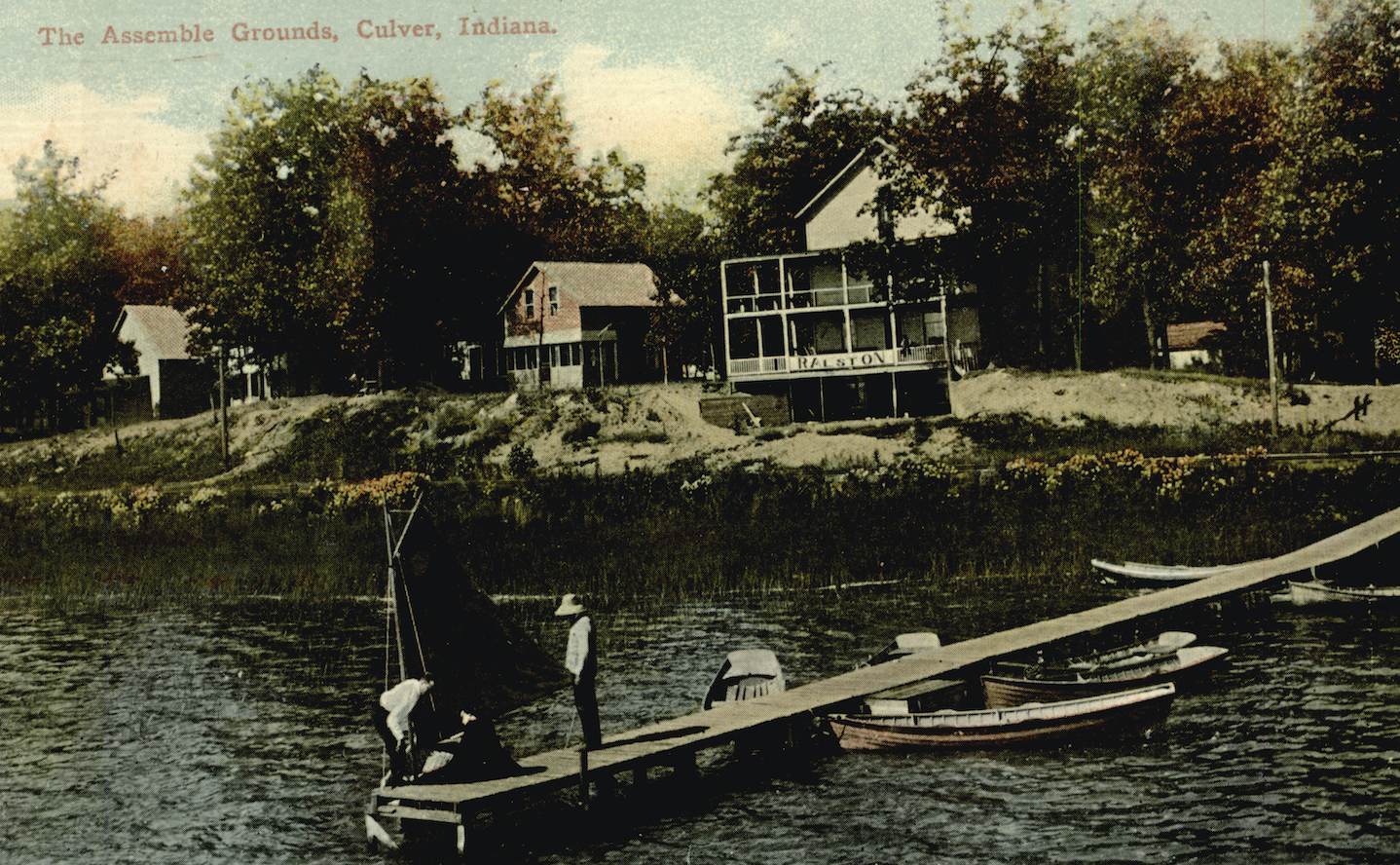How 19th-Century “Edutainment” Helped to Put Culver on the National Map
Photography Provided
It’s no secret that Lake Maxinkuckee has been a destination for more than a century for many reasons, but one often-forgotten but fascinating chapter of its historical draw is the existence of two different Chautauquas on the lake.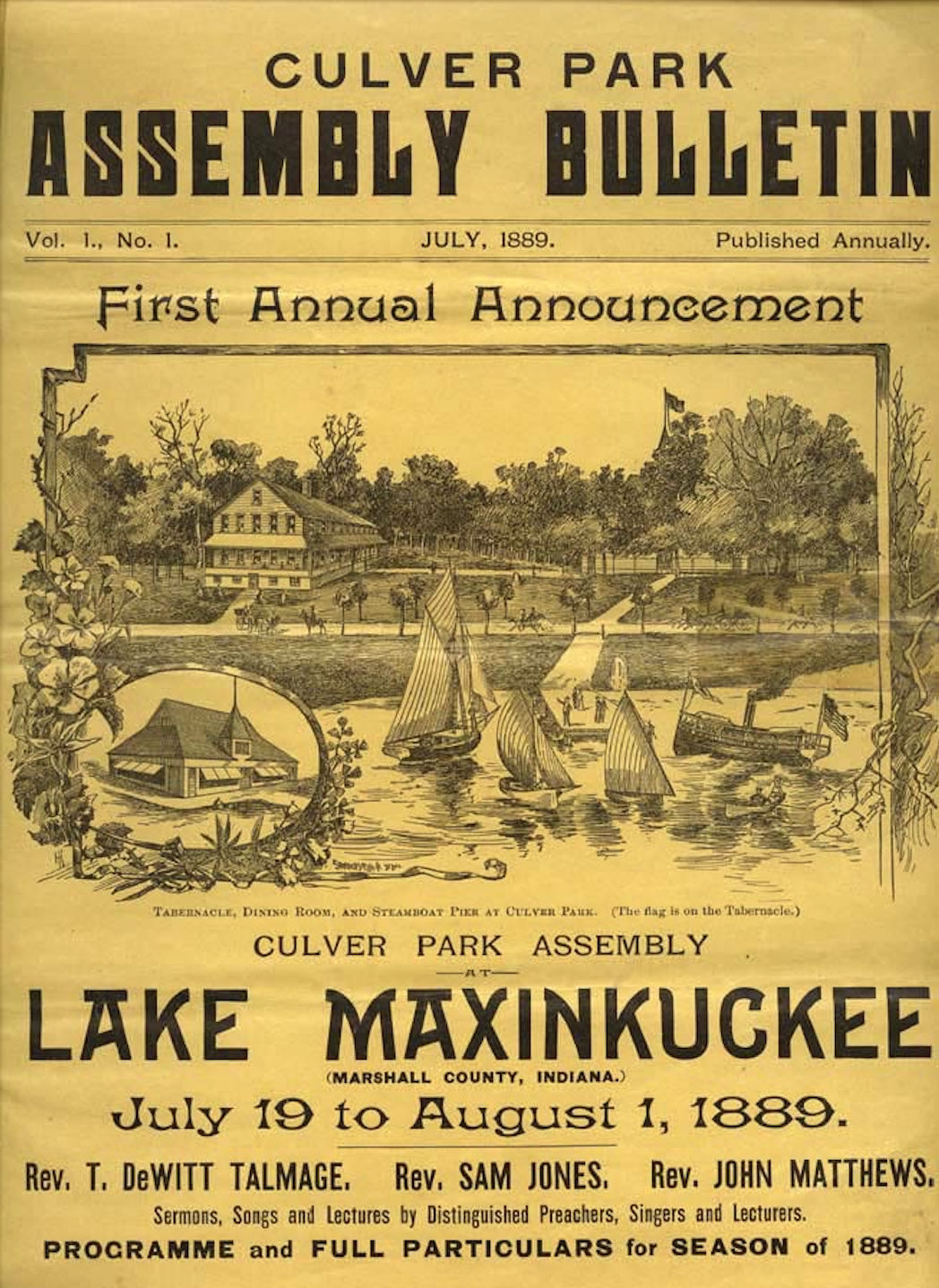
Former U.S. President Theodore Roosevelt described Chautauquas as “the most American thing in America,” though if you’re not familiar with the term today, you’re not alone.
Their names were derived from the first Chautauqua, the New York Chautauqua Assembly, organized in 1874 by a Methodist minister on the shores of Chautauqua Lake in New York State. In the years before television or even radio, the numerous Chautauquas that sprouted up across the U.S. might be described as Christian-oriented “edutainment”, a mixture of preaching and teaching with a variety of other content, much of it non-religious – everything from science demonstrations and historical lectures to theater and opera.
By the turn of the 20th century hundreds of permanent Chautauquas had opened across the U.S., usually on land outside a town or city but accessible by railroad, and boasting buildings and facilities intended to last for some years. Such were the Chautauquas of Lake Maxinkuckee.
Some readers today may even recall Chautauquas that lasted well into the 1930s and 1940s, known as tent Chautauquas, meaning they were set up in an accessible site in or near a town and featured preaching and performance for a week. Such traveling programs were regular occurrences not only in Culver, but every surrounding town as well, into the 1940s.
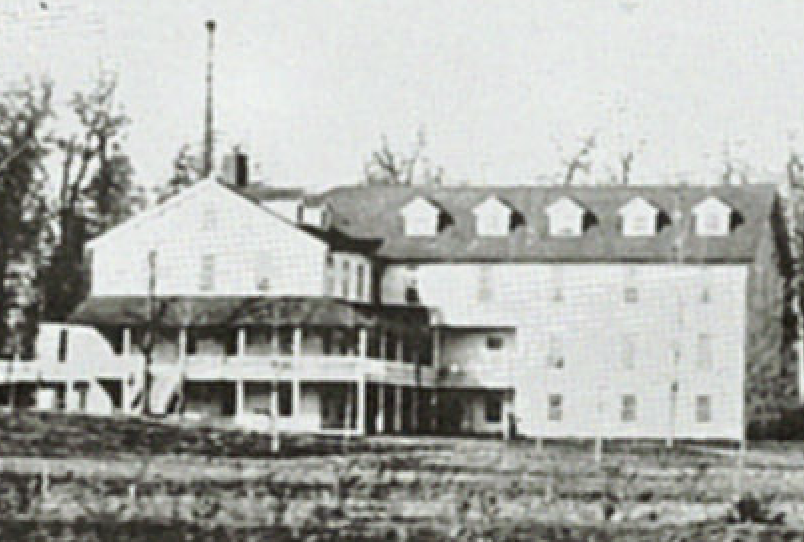 The first permanent Chautauqua on Lake Maxinkuckee played an indispensable role in what was to become a staple institution of the area.
The first permanent Chautauqua on Lake Maxinkuckee played an indispensable role in what was to become a staple institution of the area.
Henry Harrison Culver, who had started his Wrought Iron Range stove company in St. Louis, retired to Maxinkuckee’s shores in the 1870s, and by 1886 he owned more than 300 acres on the lake.
In 1889 he built a tabernacle, a large building for crowds to watch preaching and performances, as well as a stately hotel and some cottages, and opened the Culver Park Assembly Chautauqua.
That year it attracted more than 20,000 visitors and featured internationally renowned preachers T. DeWitt Talmage and Sam Jones.
Despite the acclaim that H.H. Culver’s Chautauqua received, he closed it down after the 1890 summer season and the buildings lay mostly fallow until the autumn of 1894, when he used both structures to start the Culver Military Academy (CMA).
The former Chautauqua hotel became the first barracks, classroom and mess hall for the school, and sat where the 1895-built Main Barrack resides today. In fact, just six months after the CMA opened, the wood frame hotel burned down. Today’s Main Barrack brick building replaced it, remarkably completed between February and September of 1895, and today it is the oldest building on the school’s campus proper.
H.H. Culver’s Chautauqua experiment may have been short lived, but in less than 10 years a similar venture of greater longevity emerged. The Maxinkuckee Assembly, established 1899, covered an area of 26 acres occupying the entire south side of what is today the town of Culver (spanning approximately from today’s Davis Street to the cemetery, and along the lake shore).
The Maxinkuckee Assembly boasted its own post office, cottages and a lavish hotel for guests, a large tabernacle for preaching and performing, croquet and tennis grounds, and even a train stop along the Vandalia line. The railroad company advertised transportation right to Maxinkuckee Park, known as a refined summer resort.
The best talent was engaged – legendary prohibitionist Carrie Nation, famous for breaking up beer barrels with hammer or axe, was among those slated to appear during the 1901 session, though she was jailed for her activities and unable to attend – and the annual program drew patrons from afar. The fame of the Assembly spread over a wide territory.
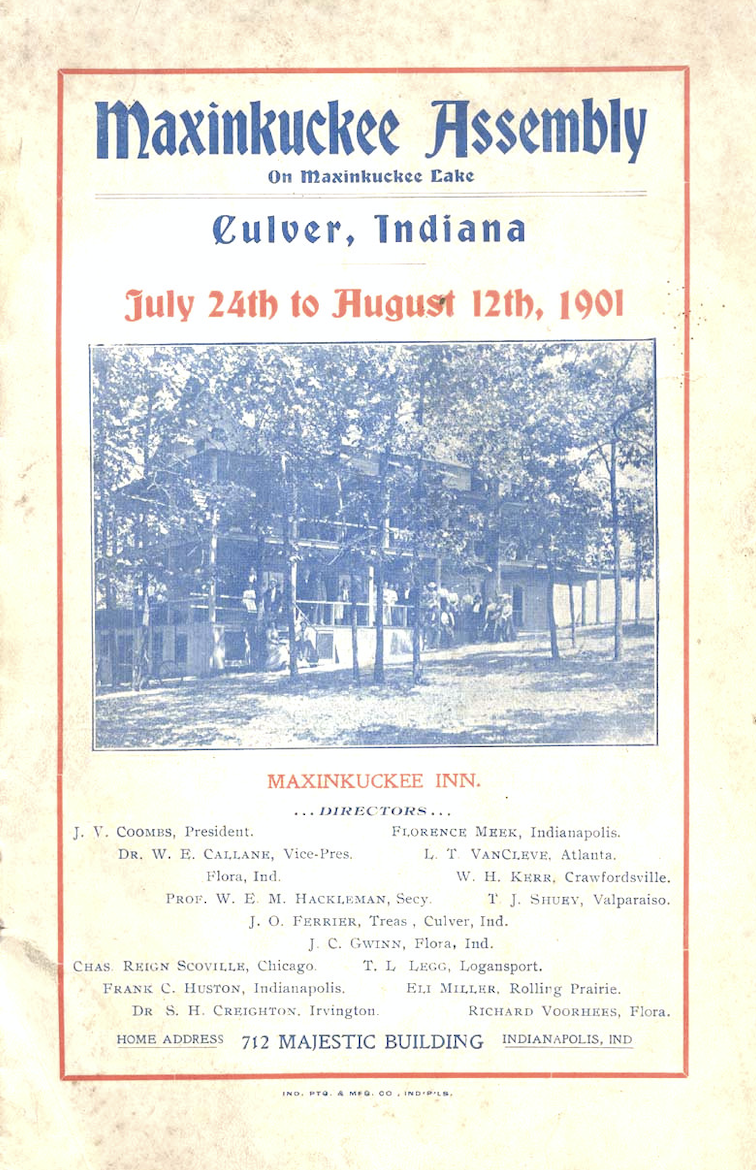
Typical of the Maxinkuckee Assembly’s programming was the 1905 session, which included not only a cast of more than 60 performers and musicians, but also Professor Reno B. Welbourn, the Barnard and Harrington orchestras, the Gibson-Trotter-Wagner trio of young woman artists, and Dr. Samuel Sellers with his moving pictures.
That year’s Patriotic Day included an address by Congressman James Watson, a demonstration and sham battle by the Culver Naval School’s cadets, as well as a water carnival with a parade and fireworks.
Ironically, that dazzling session would be the Assembly’s last, with a foreclosure suit filed on the land in December of that year.
After the closure, the Assembly’s former hotel, known in the years following as the Ralston, continued to do robust business of its own, but it burned down in a 1911 kitchen fire.
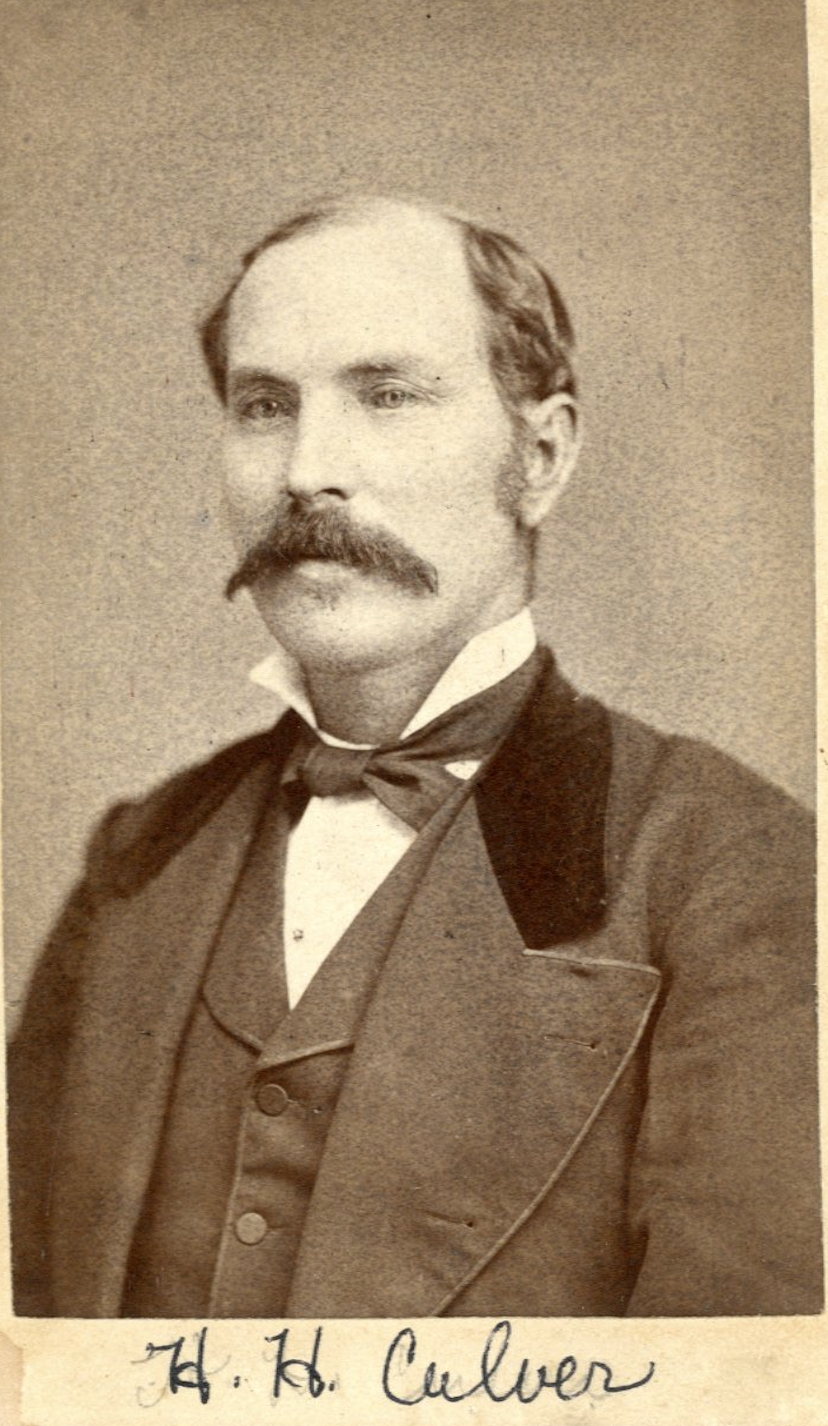
If those familiar with Culver have pondered the Spanish street names (such as Nueva Gorda and Obispo) on its south side in an area historically lacking in residents of any Spanish-speaking background, their origins lie in the purchase, in 1909, by Culver businessman J.O. Ferrier of the former Assembly grounds. He platted today’s streets there, which he gave Cuban/Spanish names inspired by his and his wife’s visit to Florida and Cuba – quite a novelty in those days.
And so the dominance of Chautauqua culture on Maxinkuckee’s shores had ended, though perhaps exemplifying its once-prominent status are the lyrics of a pop song, “Maxinkuckee,” composed by Frank C. Huston, secretary of the Assembly in 1905 and a nationally renowned soloist, with the intention of popularizing the Maxinkuckee Assembly. Among its lyrics:
The poets sing of the Emerald Isle, With waters entrancingly fair
And Switzerland boasts of her Gem of the Alps, Resplendent with beauty so rare
Though over and over the world I go, There’s beauty on every hand I know,
And countless joys to be found, but, Oh! ‘Tis Fair Maxinkuckee for me.
Oh! Let us go boating, Go merrily floating,
Over the crystal wave we’ll glide and from care be free.
Oh! Here is a treasure, Here’s joy without measure,
I am so lucky, and Fair Maxinkuckee’s the place for me.


